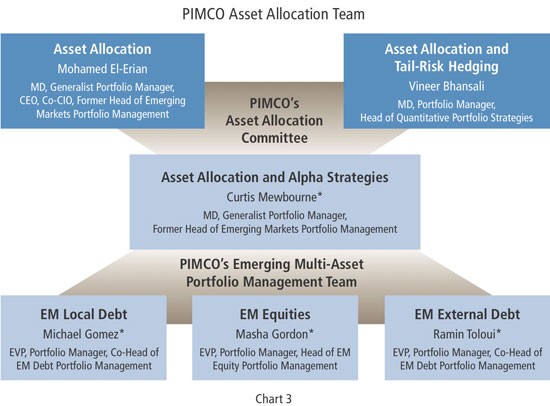Finally! An Asset Allocation Strategy That Works
Post on: 4 Апрель, 2015 No Comment

Summary
- Blind buy and hold is a recipe for mediocre returns.
- Don’t fight the FED, and learn not to fight the FED.
- Conventional asset allocation models are incomplete.
Were you fully invested in the market for last 20 years believing the Buy and Hold mantra, and have seen your portfolio going through a roller coaster ride? Did you wish you had taken some gains near the peaks of 2000 and 2007 and deployed it in the subsequent market crash? Did your financial advisor allocate all your assets into stocks in 1999 and early 2007 and too little in the aftermath of crash? If you answered Yes to any of these questions, then this article is for you.
If you followed the monthly inflows into mutual funds, you’ll see a predictable pattern. Investors pile into stocks near the top and bail out near the bottom. The current asset allocation strategies practiced by financial advisors do not consider the monetary policy into account. They consider only the age, risk tolerance, return objectives and time horizon. The Federal Reserve monetary policy is one the major determinants of asset performance. The saying Don’t fight the FED is not without merit.
Here is an asset allocation strategy that is time-tested, Federal Reserve approved and has solid empirical data to back it up. It considers the yield differential between a 10-year treasury bond and 3-month T-bill. The stock market peaks few months before the start of recession and bottoms out around the ending of the recession. The recession dates are determined by NBER. There is lots of research done to predict U.S. recessions, and the research invariably points to yield curve as a primary cause. The article states:
The yield curve-specifically, the spread between the interest rates on the ten-year Treasury note and the three-month Treasury bill-is a valuable forecasting tool. It is simple to use and significantly outperforms other financial and macroeconomic indicators in predicting recessions two to six quarters ahead.
It looks like retail investors and financial advisors do not make use of this in their asset allocation strategy. The yield curve data is very easy to obtain. You do not need a Bloomberg terminal. The data is available in Treasury website and updated daily. How has this performed in the last 30 years? Take a look at the graph below that was obtained from the FRED database. Look how the recession starts in few months after the yield differential goes negative!
The table shown below gives the exact number of months it takes to start the recession.
In the last two recessions, S&P 500 (NYSEARCA:SPY ) peaked in August 2000 and October 2007. How can we use this data once we know the yield spread differential? The chart below shows a simple approach. The chart was constructed using yield curve data, and splits the area into 4 regions. It uses Warren Buffett’s principle of It is better to be approximately right than be precisely wrong.
The recommendation is that when yield curve spread is above 3%, then it is a Strong buy for stocks. If yield curve spread is below 0.5% or negative, it is a Strong sell. This approach can also be overlaid on the traditional asset allocation strategy to add a new flavor. This approach is much better than driving blind without a clue of what lies ahead.
Why does this approach consistently work? Here are the reasons:
1) When short-term yield goes up more than long-term, investors have no incentive to buy long-term debt. As corporations issue long-term debt, the funding dries up.
2) Banks borrow at short-term and lend at long-term. Bank issues fewer loans, and economic activity cools.
3) Default rates start going up as Libor and Prime rates go up with an increase in short-term rates. The profitability of companies go down as interest expenses go up. The stock market decline ensues.
Disclosure: The author has no positions in any stocks mentioned, and no plans to initiate any positions within the next 72 hours. (More. ) The author wrote this article themselves, and it expresses their own opinions. The author is not receiving compensation for it (other than from Seeking Alpha). The author has no business relationship with any company whose stock is mentioned in this article.














